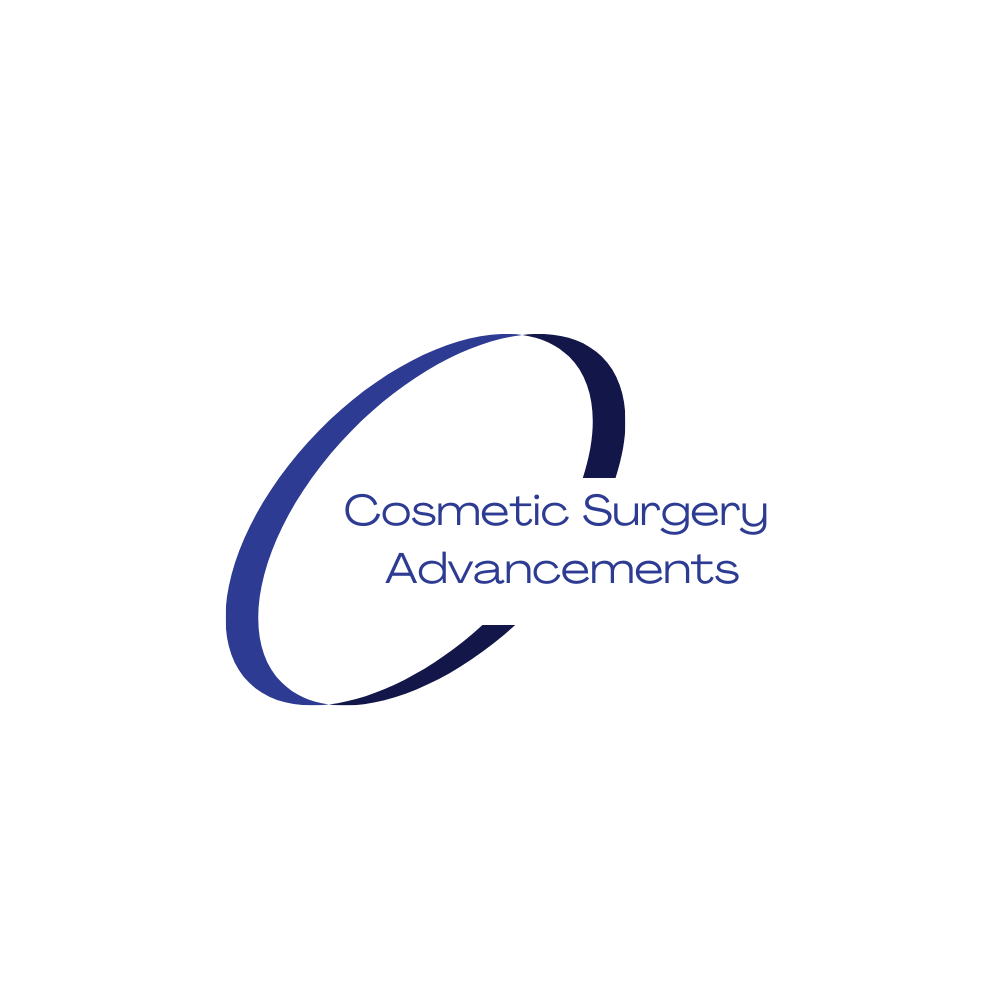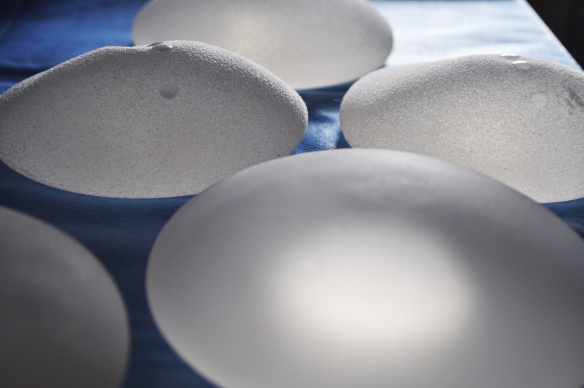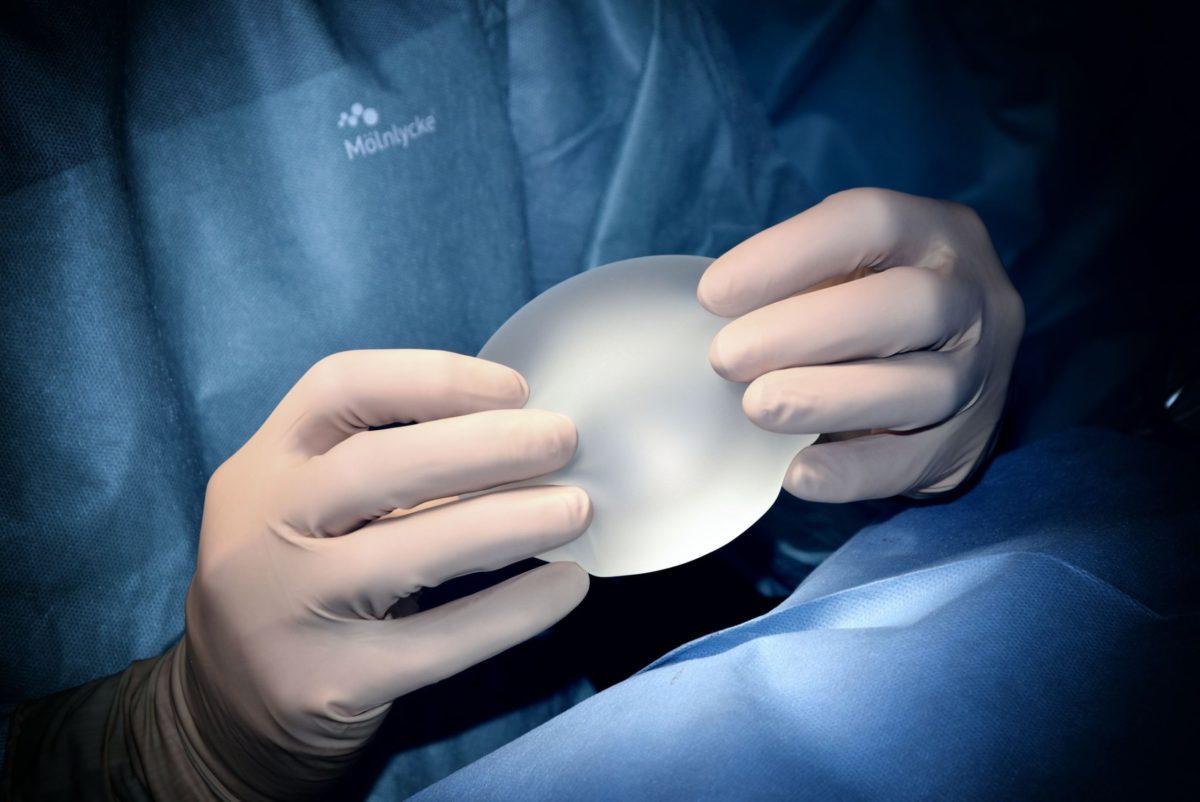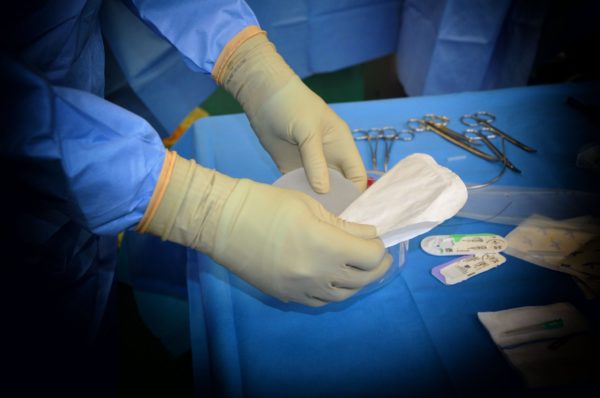Ultrasonic or Damond Rhinoplasty
Ultrasonic rhinoplasty refers to a rhinoplasty technique that uses piezoelectric-powered ultrasonic instruments with piezoelectric inserts (PEI) which vibrate with ultrasonic waves to cut into the bone and hard cartilage. The advantage over traditional methods of breaking the bone using hammers and chisels is the accuracy of the fracture lines created by PEIs which eliminate the risk of radiating fracture lines. Plastic surgeons that advocate this technique consider it to be a safer and more accurate way to perform rhinoplasty, with less trauma to the bone and internal tissues and lower rates of requests for revision surgery.
Ultrasonic rhinoplasty is a little different from a traditional rhinoplasty as it can only be done with open rhinoplasty procedures that require external skin incisions to expose nasal structures. This means that your surgeon has to undermine the skin of the nose more extensively to fit the device. Open rhinoplasty procedures also tend to cause increased swelling and scarring in the nasal tip due to the necessity of external skin incisions.
After years of use in Europe and other countries, the FDA approved the piezoelectric-powered ultrasonic instruments needed for ultrasonic rhinoplasty, for use in November 2017.
Ultrasonic rhinoplasty can be performed to make the same changes as traditional rhinoplasty including:
- Reducing the width of the bridge of the nose to create a narrower nose
- Reducing profile to create either a straighter profile or a ‘ski slope’ dependent on what is desired
- Combined with tip surgery to reduce, lift and, or change the size and shape of the tip and, or nostrils
- Ultrasonic rhinoplasty is also suitable for revision rhinoplasty when the initial procedure did not produce a satisfactory outcome.
The Procedure
You may be able to opt to have local anesthetic with twilight sedation, however, the majority of ultrasonic rhinoplasty procedures are performed under general anesthetic. Your surgeon will elevate the skin envelope by making an incision across the bottom of the nasal bridge. The piezoelectric-powered ultrasonic instruments with the Piezoelectric inserts (PEI) will then be applied to the bone and, or cartilage to reshape the nose. When the tip and, or nostrils also need adjustments your surgeon will also reshape them at the same time.
One of the principal advantages of this method is the surgeon can visually assess the bony vault of the nose before applying any tools to it.
Traditionally, the surgeon needed to assume that the osteotomies and the fracture lines were symmetrical which could result in the two fracture lines having different angulations, located at different points, which may or may not coincide with the aesthetic goal. With open rhinoplasty and the use of piezoelectric-powered ultrasonic instruments with the Piezoelectric inserts (PEI), the nasal bones are directly visualized with complete exposure making the procedure more accurate and the piezoelectric-powered ultrasonic instruments also eliminate the chance of radiating fracture lines which may affect the overall aesthetic result.
Recovery
An advantage of ultrasonic rhinoplasty is that there is normally less swelling and bruising which makes the recovery faster. Your surgeon will remove the splint/cat between 10 to 14 days after the procedure and you will be able to have a good idea of how your nose looks.
When tip surgery has also been performed swelling, redness and,or bruising in the tip will reduce significantly within 14 days and then gradually almost disappear within 3 months. Residual swelling may take up to 12 months to completely subside before you will be able to see the overall result.
Disadvantages of ultrasonic rhinoplasty
Ultrasonic rhinoplasty requires open rhinoplasty to provide adequate access for the ultrasonic instruments. This means scars are on the outside of the nose and could be visible if they don’t heal well.
Risks and complications of ultrasonic rhinoplasty
Minor:
- Infection
- Swelling and bruising
- Hematomas and seromas
Serious:
- Infections that persist after treatment with antibiotics
- Necrosis (tissue death)
- Bone does not heal correctly
Questions to ask about ultrasonic rhinoplasty
- Will you use a general or local anesthetic?
- Will I need to stay in the hospital overnight?
- What happens if I need to be admitted to the hospital after being discharged due to complications?
- When did you start performing ultrasonic rhinoplasty procedures?
- How many ultrasonic rhinoplasty procedures have you performed in the last 12 months?
- Why do you recommend ultrasonic rhinoplasty over traditional rhinoplasty methods?
- What percentage of your patients needed a secondary rhinoplasty procedure?
- What will you do to alter the shape of my nose?
- What are the risks and complications of ultrasonic rhinoplasty?
- What charges will I incur if I am not satisfied and want a secondary procedure?




